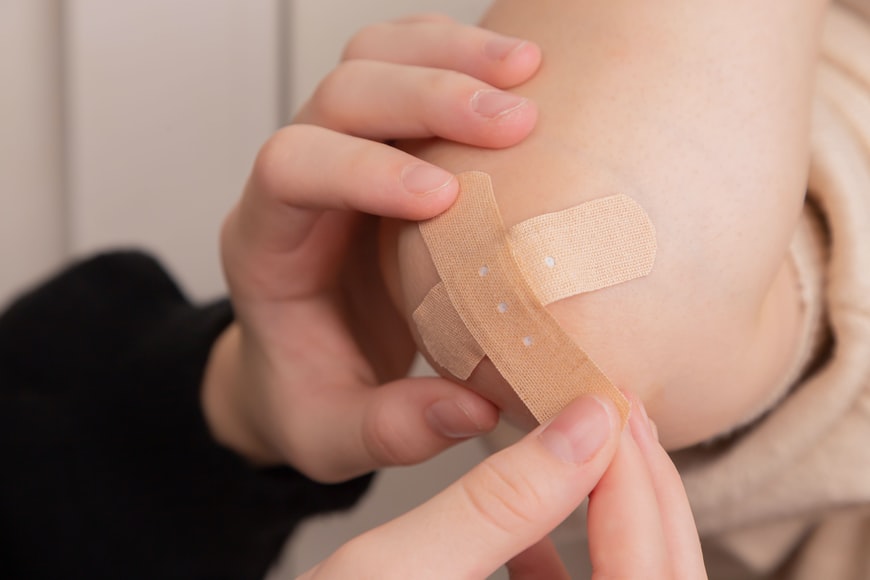
Everyone has had a wound at some point. The way you care for your wound determines how fast it will heal. Although many Fort Worth doctors help with your wound care, you can try a few home-care tips first. Here are a few tips to take care of your wound before seeing professionals like Dr. Ashley Huddleston in Fort Worth.
Can You Treat Wounds at Home?
The severity of the wound affects how quickly it heals. Minor wounds usually heal within two weeks, while deep or large wounds may take months to heal completely. If you suffer a cut, scrape, or another wound, it is essential to clean it immediately to lower the risk of infection.
Bleeding wounds are the most common types of wounds, but they are also easiest to treat at home with just a few supplies. You’d be wise to prepare for injuries before they occur by creating a first aid kit and developing a plan for what you will do in an emergency.
If you already have a first aid kit, make sure it is stocked with the basics:
- Bandages
- Antiseptic wipes
- Ointments
- And antibacterial cream
Other items you might want to include are:
- Tweezers for removing slivers or other foreign objects from the wound.
- Antihistamines for allergic reactions.
- A cold pack or ice bag.
- And pain relievers such as ibuprofen or acetaminophen.
Once you have everything ready, find a clean space where you can treat minor injuries such as cuts and scrapes. Keep this area stocked with all your first aid supplies in case of an emergency.
Treating Cuts and Scrapes at Home
For minor cuts, scrapes, and abrasions, follow these steps to treat the injury:
- Wash your hands thoroughly before treating the wound. Ensure that the injured area is clean and free of dirt, gravel, and other debris.
- Apply a liberal amount of antibacterial ointment to the affected area and allow it to dry. If you do not have any antibacterial ointment or antiseptic wipes on hand, you can substitute triple antibiotic creams such as Neosporin for cuts and scrapes. Do not use hydrogen peroxide, rubbing alcohol, or iodine to clean the wound, as this will only irritate and dry out the injury.
- Cover the affected area with a sterile adhesive bandage. If the cut is located on an extremity such as your hand, arm, or foot, you can cover it with a non-stick pad and wrap it with an elastic bandage.
- Protect the wound from dirt, further injury, and germs by wearing a waterproof covering over the adhesive bandage. For smaller scrapes located on your hand or wrist, you can use a clean plastic bag to cover them. If you cannot cover the cut, use paper tape to stick the wound’s edges together. It will help to prevent it from reopening or becoming infected. Paper tape is good for deep wounds located on joints such as your knees or elbows because these areas are more likely to rupture when you move them.
- To prevent the affected area from drying out, avoid removing the bandage or adhesive cover for at least a day. If you have to remove the treatment to do a daily activity such as showering, cover it again after completing the task and check for signs of infection before removing the bandages again.
In summary, although you can treat your wound at home, it is always wise to seek medical help if the wound gets worse.
